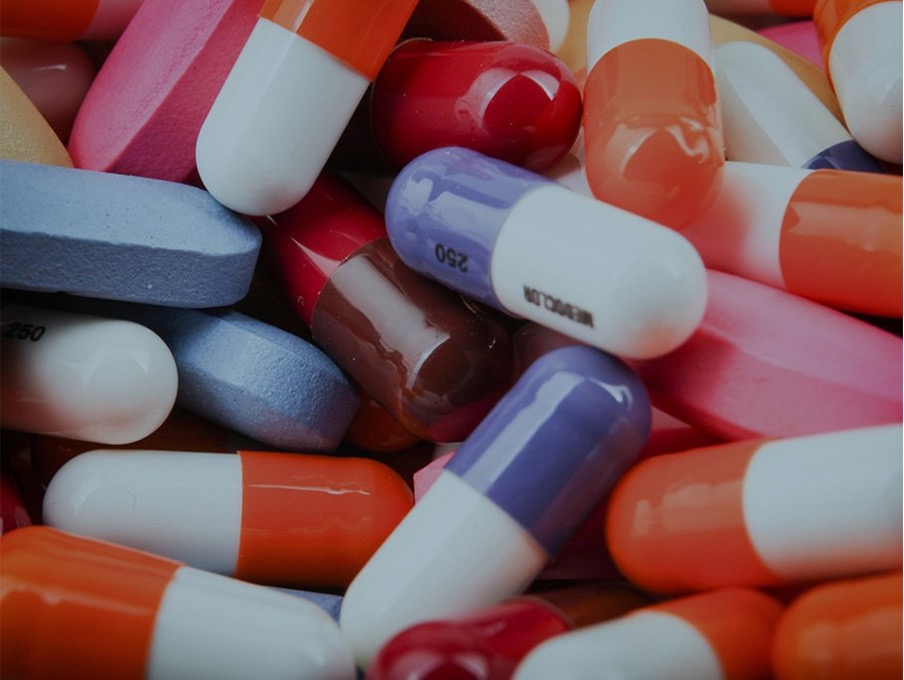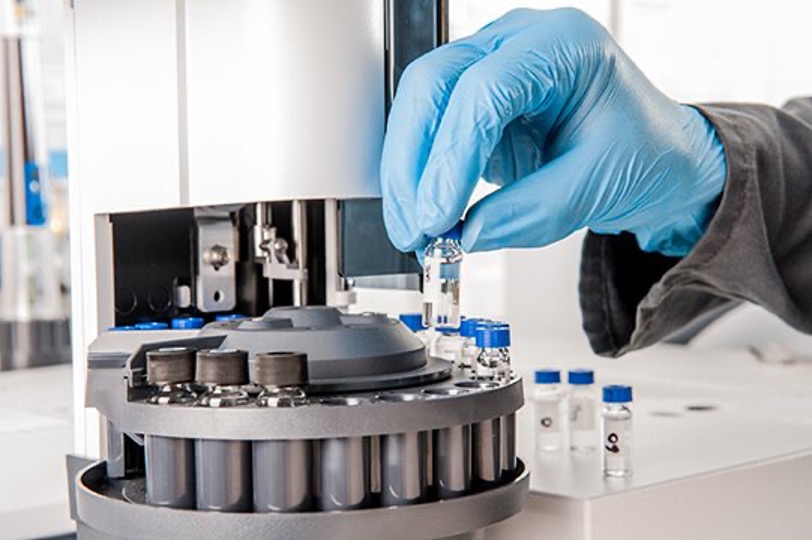Micropollutants in our waterways is an issue which is causing concern across a number of sectors.
Some of the biggest challenges are faced by those industries who we heavily depend on – pharmaceutical, chemical, farming, oil, and textiles industries – and each of these sectors bring a whole set of unique challenges. As analytical techniques develop, more and more micropollutants are being discovered in our water bodies.
There is a growing list of substances produced as a result of manufacturing products, such as veterinary medications, pharmaceuticals and agrochemicals, all of which are finding their way into raw water supplies, and require a new approach to the wastewater treatment process.
Are there wastewater regulations to consider?
Removing micropollutants from water and wastewater is not only an environmental issue which could prevent damage to the environment but also a regulatory one.
Increasingly sensitive analytical techniques are enabling regulators to identify the presence of organic micropollutants in both water and wastewater.
Inadequately treated effluent containing organic micropollutants is causing environmental and public health concern on a global scale. Regulation states that when discharging to the sewer or the environment, levels of micropollutants must not breach specified limits and fines are issued when they do. As conventional wastewater treatment processes were not designed to remove organic micropollutants, they can persist treatment and residues are found in water bodies around the world.
Reusing water after micropollutant removal
Because freshwater scarcity is a worldwide issue, the amount of water being consumed in industrial processes is a huge problem and means it is becoming ever more important to reuse treated wastewater.
As the message about the importance of protecting water resources becomes more recognized, many organisations are turning to a more sustainable method of water use which includes reusing process water following treatment to reduce environmental impact and overheads.
From a cost perspective, the contribution to operational costs of using vast amounts of water in industrial processes is a huge driver in looking for alternative treatments which make water reuse more effective.
Collaboration is the key to Micropollutant-free water
Collaboration is required between industrial manufacturers, technology providers, domestic water users and water companies so that micropollutants in waterways and drinking water can be removed completely, or in the meantime, reduced to safer levels.
There is a partnership called RAPID (Regulators Alliance for Progressing Infrastructure Development) between the 3 key water regulators in the UK: The Environment Agency, The Drinking Water Inspectorate and OFWAT. Its aim is to encourage further collaboration and dynamically monitor how the efforts of joint working are progressing in-line with the 25-year plan.
The collaboration strives to improve regulation and remove barriers to help the water sector respond to long term water resource challenges. Movements like RAPID are what is required to make a tangible difference, and with more regulations introduced, manufacturers and utility companies alike will have no choice but to treat their water to higher levels.
RAPID just acts in the UK but similar water regulation alliances exist around the world.
Contact our Micropollutant Removal Experts
For many businesses, it’s difficult to remove micropollutants to water compliant levels, without incurring heavy costs or creating secondary waste.
The positive news is that technology in this area has made vast improvements and there are now cost-effective treatment options which do not impact upon the environment. Many businesses are now being forced to look for new technology because the existing technology just does not remove the persistent organic pollutants.
We have been working to solve the problem of removing these persistent toxins from water for years. Our advanced water process combines adsorption and electrochemical oxidation which means the media is able to regenerate itself during the process. This negates the need for high maintenance costs and long down time required by other processes.
In addition our process does not use chemical dosing and does not produce any toxic sludge which needs incineration, so it’s a clean technology worthy of its eco friendly credentials.
But most importantly, our process selectively treats even trace levels of contaminants, ensuring our clients can meet the low target levels set by the EU Water Framework Directive.
With targeted pollutant removal, lower operating costs and minimal maintenance, Arvia Technology is well placed to help clients around the world ensure regulatory compliance. We can support both the industrial manufacturers to prevent these chemicals reaching water sources, along with water companies to remove them from wastewater and from raw water when this is abstracted for further use.



